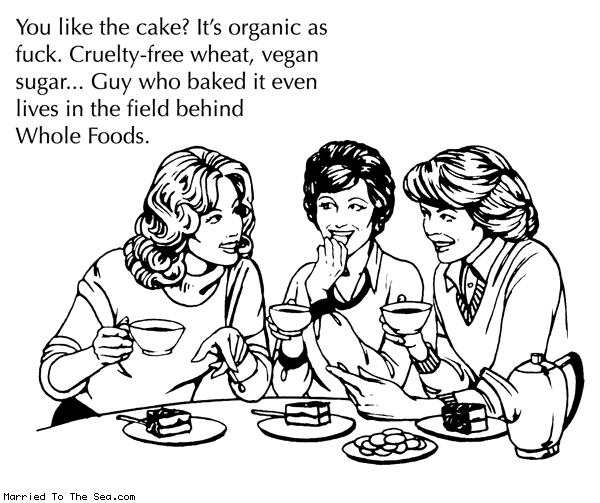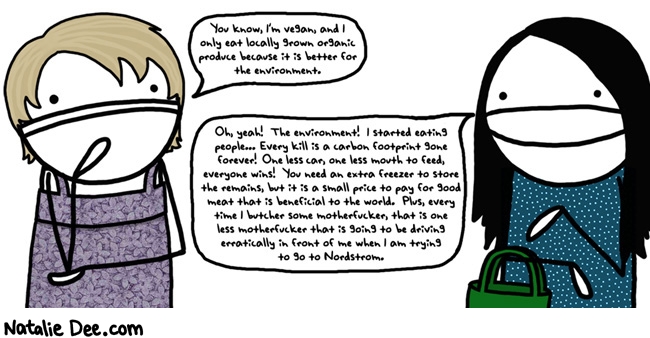Wicklow Blue.
have I mentioned before that I love cheese?
Ok first, a little background on the lesson on Irish cheeses: when i was in Dublin last, when I first arrived in Ireland at the start of the summer, I went to Fallon & Byrne, stared with my mouth open at the cheese counter, and was recommended a selection of Irish cheeses. Fallon & Byrne is the Dean & Delucca of Dublin. it is a beautiful old warehouse-like building with a food hall on the ground level - aisles and counters of epicurean goodies I could spend hours staring at and imagining all the different flavours; the top floor is the restaurant where we have dined a couple years ago; and in the basement is the wine cellar. So, then, when I extended my trip to stay in Ireland for the rest of the summer, I had to leave for a week as my parents had invited guests to stay at our house for a week. I wrote to a couple farms to see if I could gain some work experience learning about their cheeses - cheese making season was, obviously, I should've known if I love cheese, over. So when a friend told me he'd be in Dublin for his 30th birthday during that same week I had to be out of the house, I decided to go to Dublin to gain some work experience. I wrote to Fallon & Byrne and they were more than happy to let me come and work there for a couple days. The first day I worked in the food hall, helping out at the tills and learning how the store runs. The next two days I worked downstairs in the wine cellar. It's a beautiful room with a gorgeous selection of wines and a menu of small plates but working behind the bar was not really the experience I, or my aching-standing-for-eight-hours-legs, was looking for. it was well run and everyone was extremely nice and very knowledgeable about the wines so I still really enjoyed it, but over the next two days, I fell in love. At the cheese counter. They have an impressive selection of cheeses and the people that worked there knew all about the cheeses: the way they're made, the history of the farms, the pairings with foods and for cheese platters, the different knives and ways to handle the cheeses....I did my best to serve the customers (trying to cut a wedge of Parmesan Reserve for John Rocha nearly broke my arm and thought the cheese cutting wire would snap into my face) and ask questions about the cheeses in between. I loved it.
A stop by Temple Bar farmer's market led me to the Sheridan's Cheesemonger stall where I asked the guy if I could come into the shop one afternoon and learn about the cheeses. He knew about UNISG and has even dined with Christian de Riccardis! He said, call up K. Sheridan and tell him Christiano sent you. Again, I fell in love. Sheridan's is a small, well known shop off of Grafton street that is as cold as a fridge since all the cheeses sit out on the counter. They have a wide variety of mostly-Irish farmhouse cheeses, as well as some favorite European cheeses, olives, meats, sandwiches, and handpicked artisan products and wines. The staff were incredibly informative and talked to me non-stop about the cheeses and offering me samples to taste as they chatted with curious customers. I don't know where they learned to retain all that information but I was most impressed. They took such good care of the cheeses too, keeping the store tidy and the cheeses' moisture in tack - I'm sure the cling film company loves them! Even though Comte was their biggest seller, and I doubt if the Swiss, French or the Italians would agree, but Irish cheeses can definitely give them a run for their money.
Ireland, the luscious land of grazing sheep, goats and cows, definitely has an abundance of milk. They used to use it mainly it to make a lot of butter and had a huge butter exporting industry, but making cheese out of the milk has extra added value into the pocket's of the farmers. I was told that in the 1970's, one woman, Veronica Steele, tried this crumbly cheddar cheese that she loved so much she wanted to recreate it herself back in Ireland. She tried and tried but the cheese didn't come out the way she wanted like the one she tried so the husband suggested to her to try making a soft cheese. A soft cheese? she thought. So she experimented some more and created Milleens cheese, considered to be the first Irish Farmhouse Cheese. A couple neighbouring farms in Co Cork followed her footsteps, she may or may not have taught them, and they make Gubbeen and Durrus cheeses. Adrahan is also a well known soft cheese from the area. Even though they all come from the same part of the country, the cheeses are distinct and unique, but it is definitely the humid air conditions of the area that the soft cheeses require that makes them so good. The sea air and the humidity can all be smelt on the rind of the cheeses and the earthy green grass in the taste of the paste. If you eat it without the washed rind, the taste will be completely different. Ireland, with it's clean and salty-sea air, subtle constant rain and damp temperate climate characterize these distinguished cheeses. Talk about terroir.
Also, since Ireland's climate is pretty constant, cheese is seasonal and it depends on the quality of the grass that the animals eat - if they are grain fed during the winter, the milk and hence cheese will not be as flavourful.
Most Irish cheeses have names that are like trademarks and each farm makes their own cheese, not like some larger "cheese makers" aka co-ops like Comte where the farmers of the area bring the milk to the cheese producer. They also don't have affineur's - who are cheese agers, typical in France. Every part of the production is done by themselves. F&B and Sheridan's both knew the specific names of the farmers, their towns, and the history of those who make the Irish farmhouse cheeses, and in this way, because they are coming directly from the farm, they are able to have direct relationships with them. It not only cuts out the middle man, but allows direct communication about the artisinal cheeses, the seasonal changes or anything that might affect the cheeses' variability since they are handmade.
Made in Kanturk, Co Cork by Eugen and Mary Burns. A semi-soft cheese handmade with pasteurized cows milk with a washed pinky-beige rind. The rind is yeast and bacteria mixed with water and then rubbed onto the cheese - the conditions of the area are perfect for the growth. It has a vegetable rennet. They have the oldest registered herd of Friesian cows in Ireland. It has a buttery texture and a honey colour and persistent nutty flavour.
Made in Co. Cork by Jane and Gerard Murphy. They had a goat farm and learned that goats milk is good for sufferers from eczema, like their daughter. And me!
Made in Co Clare by Ben Johnson. It is made from raw milk and is similar to Gouda. It is waxed by hand.
Made in Co Tipperary by Louis and Jane Grubb. It is a full fat blue Frisian cows milk. P. Roqueforti is added to create the blue moulds and then it is wrapped in foil to protect it. It is rich and smooth, not gritty moulds, nutty but sweet - the blue moulds are not too overwhelming.
Made in west Cork by Helene and Dick Willims who are originally from Holland. It is a semi-hard unpasteurized full cream cows milk that follows and old Dutch Gouda recipe. It is sweet and dense like toffee. Sprayed with wax so there is no mould on the rind and it ripens internally. The minimum aging is 6 months but the longer the better.
Made next door to Cashel Blue by the Grubb's nephew, Henry and Louis Clifton Browne. It is made of pasteurized Friesland sheep's milk. Smooth and gritty but sharper and drier than Roquefort. It has a sharper taste than Cashel Blue. Produced only seasonally as it is not available mid-winter to mid-spring.
Handmade in Coomken in West Cork by Jeffa Gill. It is a semi-soft non-pasteurized cows milk cheese. it has a washed rind and vegetable rennet. The rind growth comes from b. linen cultures not the natural air borne flora. It is supple, mellow, and creamy that is delicious with fruits like pears or easily melts well like Raclette.
Made in Schull of West Cork by Tom and Giana Ferguson. The name refers to the small bay where the farm is, in Irish meaning "small mouthful." It is a semi-soft unpasteurized cows milk with a washed rind and vegetable rennet. The rind has b. linen cultures and is wrinkly, a pinky-beige colouring with more creviced crosses than Durrus. It has a firm texture and herbal, grassy notes.
Made in southwest Ireland in Beara Penninsula. It is a soft cow's milk with a pinky-orangey washed rind. Rich, floral and sweet that has a firm yet creamy consistency.
Made in Co Cork by Gudrun and Frank Shinnick who are originally from Switzerland. It is made of unpasteurized skimmed cow milk and brine washed. It has a firm texture and Alpine-ish caramel and fruity flavours.
Made near the west coast by Meg and Derrick Gordon in Inagh Co Clare. It is made of organic, unpasteurized Saanen white goats milk with a vegetable rennet. It is best eaten mid-spring to mid-winter. it is light, velvety and smooth - melts in your mouth. Although the peat and the sand in the soil are important for the goats' diets, you can almost taste the sea more than the goat.
Many of these Irish farmhouse artisan cheeses have won numerous awards. Now I know Ireland has much more to offer than just Dubliner cheddar.
Most of this I learned in the two stores but some of it read in Patricia Michelson's lovely Cheese book, which if I had any money i would have bought.
these are the best crackers to go with cheese - I'm addicted:
http://www.bakingemporiumltd.com/seedBread.htm




















































